
Automotive technology is currently experiencing a thrilling era of rapid advancement, from fully connected cars to the relentless pursuit of autonomous driving, all cloaked behind massive curved screens and intricate menus. Amidst this dazzling display of high-tech innovation, it’s remarkably easy to overlook the foundational, yet profoundly impactful, breakthroughs that have shaped the very essence of how we drive. Some of these “simple” innovations, like the advent of seatbelts or the automatic transmission, often fade into the background.
Yet, few automotive advancements have had as significant and enduring an impact on safety and performance as the disc brake. It’s a technology so ubiquitous, so fundamental to every vehicle on the road today, that we rarely pause to consider its origins. The story of which car was truly the “first” to feature disc brakes as standard equipment is far from a straightforward narrative. It’s a fascinating journey fraught with early experimentation, racing glory, and spirited contention among visionary engineers and automakers across continents.
Join us as we trace the captivating history of this essential innovation, peeling back layers of claims and counterclaims to reveal the true pioneers and pivotal moments. We’ll explore the ingenious minds and groundbreaking vehicles that propelled disc brakes from experimental concepts to a factory standard, forever changing the landscape of vehicle safety and performance.
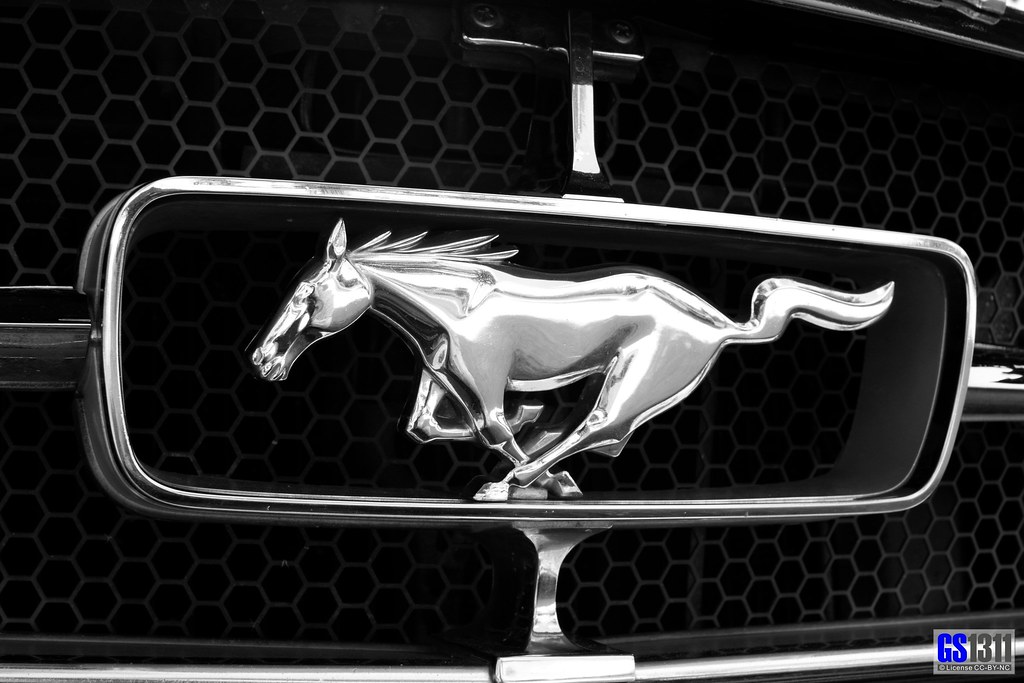
1. **The Enduring Quest for Superior Braking: Understanding the “First” Debate.**
The modern automotive world is captivated by cutting-edge advancements, yet it’s easy to overlook fundamental innovations like the disc brake. Pinpointing the absolute “first” car to offer factory-standard disc brakes is a nuanced challenge, requiring careful examination of historical claims. The narrative weaves through early experimental stages, bold but flawed attempts, and a nuanced understanding of what “standard equipment” truly entails for a mass-produced road car.
Early on, American automakers like Chrysler and the largely forgotten Crosley experimented with disc brake technology throughout the late 1940s. Chrysler’s “double disc” system on its 1949 Imperial, though a “legit upgrade,” was “overly complicated” and primarily an expensive option or limited to a niche limousine. Crosley’s “Goodyear-Hawley disc brakes” on the Hot Shot, while a true disc system, failed due to reliability issues in harsh winter conditions, proving too problematic for sustained production. These initial attempts were “complicated, expensive, and not entirely reliable.”
The true breakthrough, leading to widespread standardization, arrived in 1955 with the revolutionary Citroën DS. This forward-thinking model boasted not just disc brakes as standard, but also advanced hydro-pneumatic suspension and hydraulically operated features for its clutch, brakes, gearbox, and steering. While British automakers Jensen and Austin Healey introduced limited-run disc-equipped models earlier, neither can claim standard equipment on a truly mass-produced ‘road’ car, solidifying the DS’s historical significance.

2. **Pioneering Visions: The Very Earliest Disc Brake Concepts (Cleveland, Lanchester).**
The idea that disc brakes were a sudden mid-20th-century invention is a misconception; their fundamental concept has roots stretching back to the dawn of the automobile. Engineers and inventors, driven by the persistent need for more effective stopping power, were exploring alternatives to rudimentary braking systems over a century ago. This long period of conceptual development highlights a continuous search for superior vehicle control.
Our earliest identifiable trace of disc brake technology can be found in Elmer Ambrose Cleveland’s work, fitting a basic disc and caliper-type system to an electrically powered vehicle in the U.S. as early as 1898. Shortly thereafter, in 1902, British engineer Fredrick William Lanchester patented a mechanical version. While Lanchester is recognized for his contributions, he largely improved upon an existing, rudimentary technology rather than inventing it outright.
However, these pioneering systems faced significant practical hurdles. Lanchester’s early designs used copper ‘pads’ on “paper-thin discs,” which were notoriously “noisy in operation” and “wore out quickly due to the dusty conditions.” Even with later asbestos-lined pads, their complexity and cost meant they struggled to compete. Drum-based systems remained “simpler and cheaper to make,” becoming the preferred choice for manufacturers until the mid-1950s.
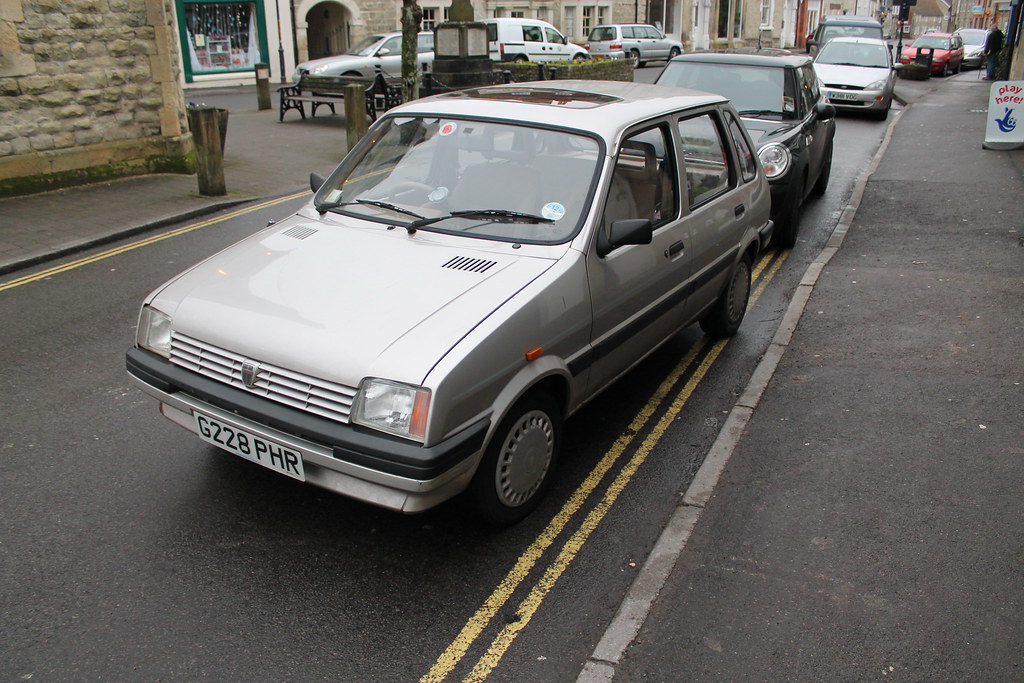
3. **Wartime Innovation: How Aeronautical Needs Paved the Way for Automotive Discs.**
As automobiles grew in speed and power pre-World War II, drum brake limitations became evident. “Pre-war American cars were notoriously under braked,” spurring U.S. experiments with “complex internal and expanding disc-based systems.” This acknowledged the desperate need for a robust braking solution to match advancing vehicle capabilities.
The Second World War drastically redirected and accelerated braking technology development. Military aviation’s urgent demands shifted research intensely towards “reliable and efficient hydraulically operated caliper-type disc brakes for aircraft applications.” Aircraft, being heavy and high-speed, required precise, powerful stopping, providing a high-stakes environment for rapid refinement of disc brake technology.
Following the war, Dunlop, a “major producer of aeronautical disc brakes” during the conflict, possessed unparalleled expertise. This allowed them to strategically adapt their highly developed aircraft braking technology directly for “performance road vehicles.” This cross-industry transfer was a critical catalyst; wartime R&D had already refined hydraulic systems, heat dissipation, and material selection for extreme conditions, profoundly accelerating automotive disc brake perfection.

4. **Early American Attempts: The Chrysler Imperial and Crosley Hot Shot’s Bold but Flawed Introductions.**
While European automakers eventually led in disc brake standardization, American industry had its own visionaries. In 1949, Chrysler introduced a “unique ‘double disc’ system, known as the Ausco Lambert,” on its Imperial. Standard on the limousine, it was an “expensive option” on others. Though a “legit upgrade,” its design was “overly complicated,” hinting at manufacturing complexities and limited broader appeal.
In the same pivotal year, Crosley ventured further with its Hot Shot convertible, becoming the “first American car to be fitted with disc brakes on all four wheels as an option.” These “Goodyear-Hawley disc brakes” were a genuinely “modern disc brake” design, representing a bold commitment for a broader consumer market.
However, Crosley’s pioneering spirit met significant obstacles. These aircraft-proven brakes faced an “unforeseen problem” when adapted for automotive use: “cast-aluminum calipers were eaten alive by the harsh winters of the American Midwest, where snow and road salt froze the pistons up tight.” This severe environmental susceptibility proved fatal. With “no suitable fix,” the disc brakes were quickly “dropped and replaced with Bendix 9-inch hydraulic drums.” Its attempt “wasn’t a success,” making its impact “more or less negligible.”
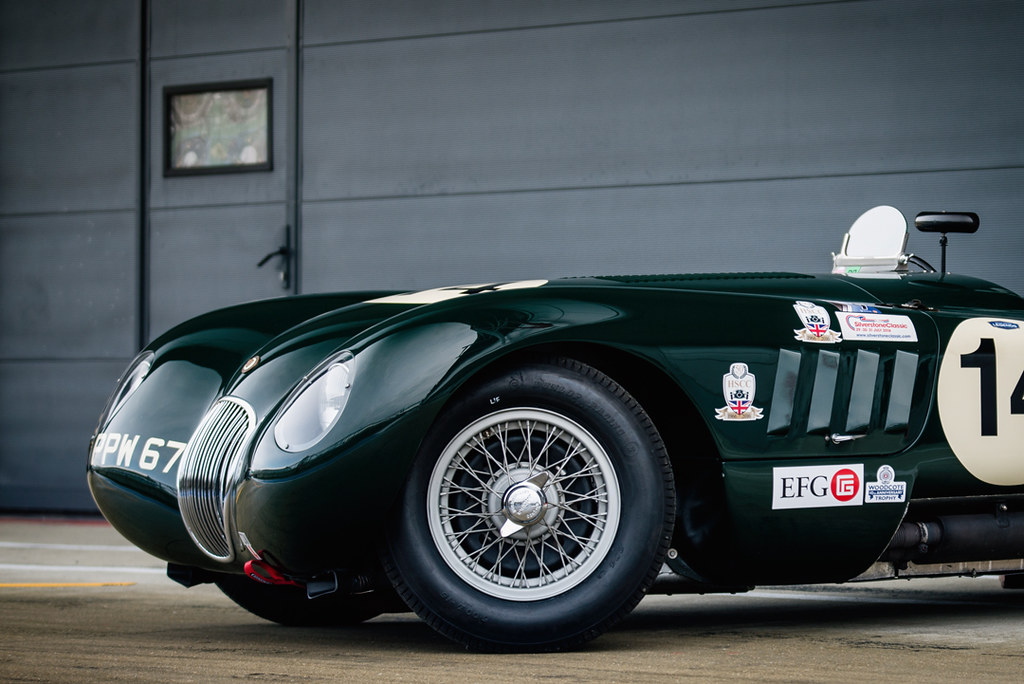
5. **The Track Record: How Jaguar’s C-Type Proved Disc Brakes on the Race Circuit.**
While early American disc brake attempts struggled, European automakers, particularly in motorsports, made significant strides. The intense pressures and demanding conditions of competitive racing proved the ultimate proving ground. The 1950s became crucial for validating disc brakes under extreme performance scenarios, setting the stage for their eventual transition to production cars.
A watershed moment arrived in 1953 with the elegant Jaguar C-Type, equipped with advanced Dunlop disc brakes. Its resounding victory in the grueling 24-hour Le Mans endurance race was sensational. This impressive achievement was a powerful, public demonstration of disc brake performance when applied correctly, especially under relentless stresses, showcasing unparalleled fade resistance and consistent stopping power.
The C-Type’s dominance extended to the prestigious Mille Miglia that same year. These high-profile successes unequivocally proved the technology’s superiority, catching “the attention of automakers like Citroen at the time.” Legendary racer Stirling Moss and Jaguar test driver Norman Dewis were instrumental in refining this groundbreaking technology on the track. The adage “Win on Sunday, sell on Monday” perfectly encapsulates the C-Type’s impact, accelerating development for road cars.
Car Model Information: 2022 Jaguar I-PACE HSE EV400 AWD Automatic
Name: Jaguar C-Type
Manufacturer: Jaguar Cars
Designer: William Heynes,Malcolm Sayer
Production: 1951–1953
Class: Sports car racing
BodyStyle: Roadster (automobile)
Engine: cvt,Jaguar XK6 engine
Successor: Jaguar D-Type
Categories: 24 Hours of Le Mans race cars, Articles with short description, Cars discontinued in 1953, Cars introduced in 1951, Commons category link from Wikidata
Summary: The Jaguar C-Type (officially called the Jaguar XK120-C) is a racing sports car built by Jaguar and sold from 1951 to 1953. The “C” stands for “competition”.
The car combined the running gear of the contemporary, road-proven XK120, with a lightweight tubular frame designed by Jaguar Chief Engineer William Heynes, and an aerodynamic aluminium body, jointly developed by William Heynes, Bob Knight and later Malcolm Sayer. A total of 53 C-Types were built, 43 of which were sold to private owners, mainly in the US.
Get more information about: Jaguar C-Type
Buying a high-performing used car >>>
Brand: Jaguar Model: C-Type
Price: $35,499 Mileage: 32,938 mi.

6. **The Mechanical Heart: A Detailed Look at How Disc Brakes Function and Their Core Advantages.**
To fully grasp the revolution disc brakes brought to automotive safety, understanding their fundamental mechanics is essential. At its core, a disc brake system is elegantly simple yet highly effective. It comprises a robust cast-iron disc, rotating synchronously with the car’s road wheel. This disc is partially encompassed by a caliper, housing cylindrical, hydraulically operated pistons, ready to engage on demand.
When the driver presses the brake pedal, hydraulic pressure activates these pistons, forcefully pushing steel-backed friction pads directly against the rotating disc, creating immense friction. This controlled friction precisely slows or halts the wheel’s rotation, bringing the vehicle to a stop. The efficiency and immediacy of this direct-contact system represent a significant advancement over previous methods.
Disc brakes offer several distinct advantages over traditional drum brakes. One key benefit is superior “heat dissipation,” as the disc and caliper are largely exposed to air and slipstream, allowing quicker cooling than enclosed drum components. This efficient heat management maintains consistent braking, especially under demanding conditions, and translates to a “reduced risk of brake fade.”
A key design advantage is that “on a disc brake-equipped car the opposite happens as the disc expands slightly when it gets overheated. As an expanded disc moves closer to the pads, braking efficiency is maintained,” provided fluid doesn’t boil. This mechanism ensures consistent stopping power, unlike drum brakes where hot drums can move away from shoes. Furthermore, “braking capacity is higher… because they apply braking power more quickly,” leading to “shorter stopping distances,” a paramount safety feature.
_%E2%80%93_Frontansicht%2C_3._Juni_2017%2C_D%C3%BCsseldorf.jpg)
7. **The Citroën DS: A Visionary Leap into Standardized Disc Braking.**
While early experiments and racing triumphs set the stage, the true breakthrough for bringing disc brakes to the masses arrived in 1955 with the revolutionary Citroën DS. This vehicle wasn’t just a car; it was a bold statement from the auto industry, a model so far ahead of its time that it almost seemed to belong to another era. It was here that disc brakes truly found their footing as standard equipment on a mass-produced road car, shaking up established conventions.
What made the DS so groundbreaking was its holistic approach to automotive engineering. Beyond its striking, futuristic design, the DS boasted not only modern caliper-type front disc brakes as standard but also a sophisticated hydro-pneumatic suspension system and hydraulically operated features for its clutch, gearbox, steering, and even its brakes. This comprehensive integration of advanced hydraulics showcased a complete vision for enhanced vehicle control and comfort, setting a new benchmark for innovation.
Automotive historian Richard Lentinello rightly points out that the DS set a new standard for both safety and performance with its advanced braking system. Unlike some of the earlier, enclosed American disc brake designs that proved problematic, the DS’s brakes were exposed to the air. This design choice was crucial for better cooling and more consistent performance, directly addressing the issue of brake fade that plagued traditional drum systems and even early disc attempts. The DS quickly earned a reputation for its smooth ride and impressive stopping power, becoming a favorite among drivers and enthusiasts worldwide.
Over a remarkable 20-year production run, the Citroën DS sold an astonishing 1.5 million units, all equipped with the same pioneering brake setup. This sustained success is a powerful testament to the reliability and effectiveness of disc brakes in a mass-production context. The DS didn’t just introduce disc brakes; it demonstrated their viability and undeniable benefits for everyday driving, forever altering the trajectory of automotive safety.
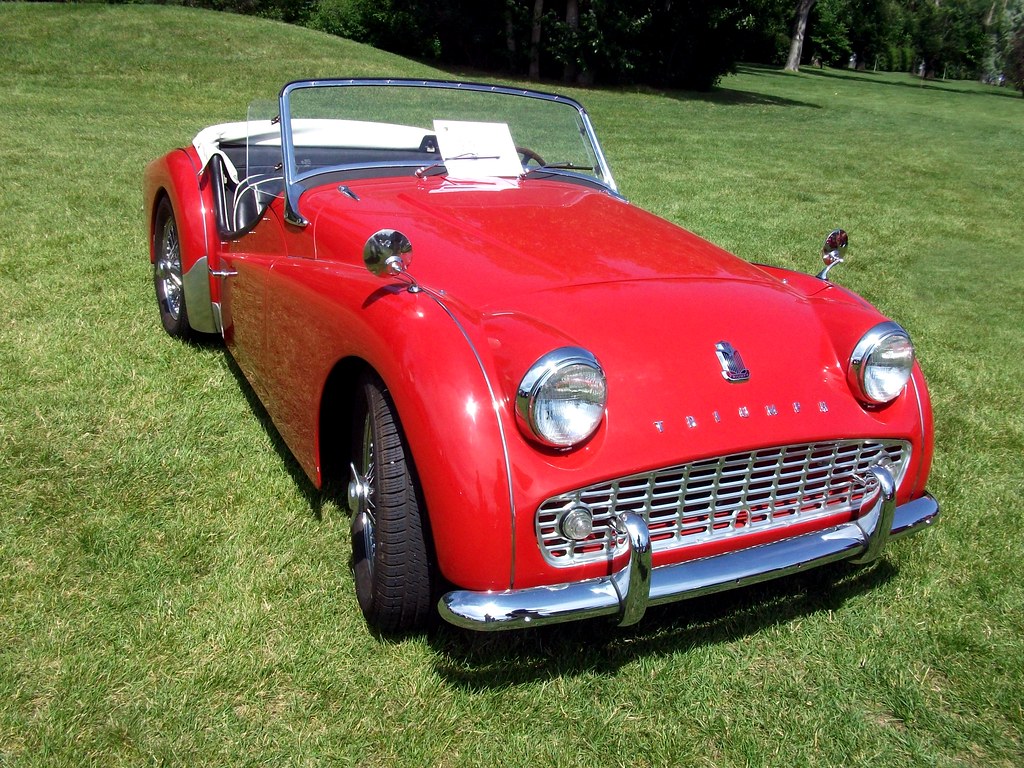
8. **The Triumph TR3 and Jaguar XK150: British Contributions to Disc Brake Standardization.**
While the Citroën DS arguably clinched the title for global mass-produced standardization, the competitive spirit in the automotive world ensured that other manufacturers were hot on its heels, particularly in Britain. It’s crucial to acknowledge the contributions from British automakers like Jensen and Austin Healey, who, although producing limited-run, disc-equipped models slightly earlier, couldn’t claim standard equipment on a truly mass-produced ‘road’ car in the same vein as the DS. However, their efforts, alongside Jaguar’s racing successes, fueled the drive towards wider adoption.
One of the most notable British entries was the Triumph TR3, which entered the market in 1956. This sporty convertible was significant as it became the first British-built production car to be fitted with front disc brakes as standard. The context notes that while Triumph experimented with disc brakes at Le Mans in 1955 with its TR2s and announced the TR3 around the same time as the DS, the disc-equipped TR3s didn’t roll out of the factory until September 1956. This makes the timing incredibly close, highlighting the intense race among automakers to bring this superior technology to market.
For American buyers, the Triumph TR3 was a revelation, marking the first time a car with standard front disc brakes was sold stateside. Its Girling disc brakes were celebrated for being robust and reliable, significantly enhancing the sports car’s performance capabilities. This move helped to firmly establish Triumph’s reputation in the competitive sports car arena, as it could now stop as effectively as it could accelerate. The TR3’s impact on the American market was particularly profound, giving consumers direct experience with the enhanced safety and performance of disc brakes.
Following closely, in 1957, Jaguar further solidified the technology’s standing by making four-wheel disc brakes standard on its iconic XK150. This move by a prestigious performance brand like Jaguar sent a clear message to the industry: disc brakes were not just a niche feature but an essential component for high-performance and luxury vehicles. The combined efforts of these British marques, leveraging both racing heritage and production innovation, were instrumental in accelerating disc brakes from a novel concept to a widely accepted standard.
Car Model Information: 1961 Triumph TR3
Name: Triumph TR3
Caption: 1957 Triumph TR3
Production: 1955–1962
Manufacturer: Standard Motor Company
Class: Sports car
Predecessor: Triumph TR2
Layout: FR layout
Successor: Triumph TR4
Engine: ubl
Transmission: manual transmission
Wheelbase: cvt
Length: cvt
Width: cvt
Height: cvt
Weight: cvt
Assembly: ubl
Sp: uk
Categories: 24 Hours of Le Mans race cars, All articles with unsourced statements, Articles with short description, Articles with unsourced statements from January 2008, Articles with unsourced statements from November 2019
Summary: The Triumph TR3 is a British sports car produced from 1955 to 1962 by the Standard Motor Company of Coventry, England. A traditional open two-seater, the TR3 is an evolution of the company’s earlier TR2 model, with greater power and improved braking. Updated variants, popularly but unofficially known as the “TR3A” and “TR3B”, entered production in 1957 and 1962 respectively. The TR3 was succeeded by the mechanically similar, Michelotti-styled Triumph TR4.
The rugged ‘sidescreen’ TR, so named for its use of removable plexiglass side curtains, was a sales and motorsport success. With approximately 74,800 TR3s sold across all variants, the model was the company’s third best seller in the TR range, behind the TR7 (111,500 units) and TR6 (94,500 units) models.
Get more information about: Triumph TR3
Buying a high-performing used car >>>
Brand: Triumph Model: TR3
Price: $37,000 Mileage: 20,190 mi.

9. **Widespread Industry Adoption: From Luxury to Mainstream.**
The groundbreaking success of the Citroën DS and the competitive entries from British manufacturers ignited a cascade of adoption across the automotive industry. Initially, due to their superior capabilities and higher production costs, disc brakes were predominantly found in high-performance sports cars and luxury vehicles. These were segments where the enhanced stopping power, reduced brake fade, and overall safety benefits justified the premium price and represented a significant competitive advantage.
As the undeniable advantages of disc brakes—such as improved heat dissipation, more consistent braking performance, and significantly reduced risk of fade—became increasingly evident, the demand for this technology grew. This growing recognition spurred other manufacturers to begin incorporating disc brakes into their designs. The shift was also significantly accelerated by advancements in manufacturing processes and material sciences. These improvements played a crucial role in lowering production costs, making disc brakes more economically viable and accessible for a broader spectrum of vehicles.
Throughout the 1960s and 1970s, many European carmakers, including performance giants like Jaguar and Porsche, rapidly equipped their sports cars with disc brakes. This was a direct response to the escalating demands of high-speed driving and intense racing environments, where precise and reliable braking was paramount for safety and victory. The ‘Win on Sunday, sell on Monday’ adage truly came into play, as racing success translated into consumer desire for the latest braking technology.
American manufacturers soon followed suit, recognizing the need for robust braking systems to handle the higher speeds and heavier weights of their domestic models. By the late 20th century, disc brakes had transitioned from an exclusive feature to a common component in mainstream passenger vehicles. This widespread adoption was largely driven by their proven reliability, superior performance advantages over traditional drum brakes, and an increasing industry-wide emphasis on passenger safety. Manufacturers’ priorities had undeniably shifted to include safety enhancements alongside speed and aesthetics.

10. **Enduring Impact on Vehicle Performance and Safety.**
The introduction of disc brakes on early production models like the Citroën DS fundamentally reshaped both vehicle performance and safety standards. This pivotal innovation didn’t just offer an alternative to drum brakes; it provided a significant leap forward in a critical area of automotive engineering. The enhanced stopping power and remarkably reduced brake fade offered by disc brakes quickly made them the preferred choice, especially for high-performance and sports cars where precision braking is absolutely crucial for driver control and safety.
Beyond the realm of performance, disc brakes had a profound impact on everyday driving safety. Their ability to deliver shorter stopping distances was a game-changer, making roads safer for everyone. This advancement proved particularly beneficial in emergency situations, where every fraction of a second shaved off stopping time can be the difference between a near-miss and a serious accident. The rapid and consistent response of disc brakes instilled greater confidence in drivers, allowing them to react more effectively to unexpected road conditions.
As disc brakes became more widespread and their benefits undeniable, they established a new, higher standard for automotive braking systems. This set a precedent that influenced the design and technological development of countless future vehicles. It’s no overstatement to say that disc brakes profoundly changed the game for safety and performance, contributing significantly to a new era of automotive design focused on accident prevention.
Indeed, the impact is measurable: according to the National Highway Traffic Safety Administration, advancements in braking technology, with the widespread adoption of disc brakes being a cornerstone, have played a vital role in reducing traffic fatalities over several decades. Further reinforcing this, insurance studies from the 1960s and 70s consistently demonstrated that cars equipped with disc brakes experienced fewer rear-end collisions, directly attributable to their superior stopping capabilities. This tangible evidence solidified their status as a crucial safety innovation.
Read more about: Engine of Regret: 14 Car Models That Left Owners Begging for a Trade-In – A Data-Driven Warning
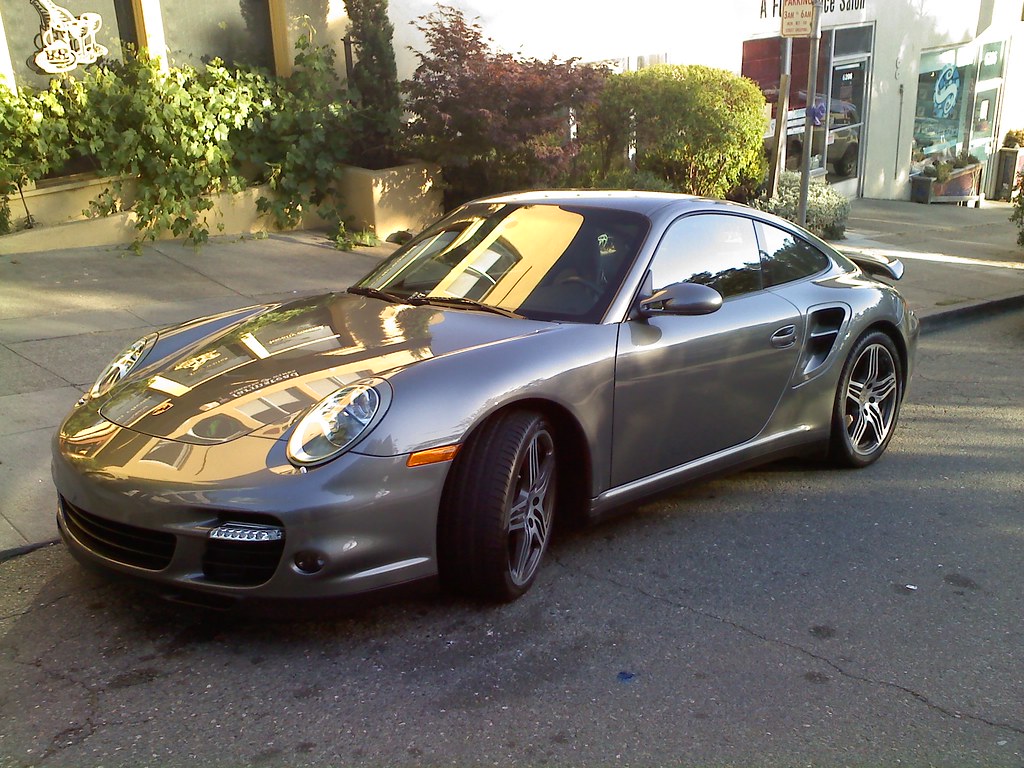
11. **The Modern Braking Revolution: ABS, EBD, and Beyond.**
The foundation laid by early disc brake pioneers was just the beginning of a continuous evolution in braking technology. Once disc brakes became an established standard, engineers turned their attention to enhancing these systems further, integrating them with nascent electronic technologies to provide even greater control and stability. This heralded the era of the modern braking revolution, moving far beyond mere mechanical stopping power.
Key innovations such as Anti-lock Braking Systems (ABS) emerged as a direct enhancement to disc brakes. ABS prevents wheel lock-up during hard braking, a common cause of skidding and loss of steering control, especially on slippery surfaces. By rapidly modulating brake pressure, ABS allows drivers to maintain directional control while stopping, dramatically improving safety in critical situations. This was a monumental step forward, preventing many accidents that would have been unavoidable with older systems.
Building upon ABS, Electronic Brakeforce Distribution (EBD) further refined braking efficiency. EBD intelligently optimizes brake force across all four wheels, taking into account factors like vehicle load and road conditions. This ensures balanced braking, preventing excessive pressure on any single wheel and improving overall stability. Whether carrying heavy loads or navigating varying road conditions, EBD works in conjunction with disc brakes to ensure consistent and reliable stopping power, making vehicles safer and more predictable.
The transition to disc brakes and their subsequent integration with these electronic systems represented a true paradigm shift in automotive engineering. Manufacturers began to prioritize not just raw speed or aesthetic appeal, but equally, the safety and performance enhancements that these advanced braking technologies provided. This focus spurred a surge in innovation, as engineers continuously sought to integrate braking systems with other emerging technologies, including electronic stability control (ESC), creating an interconnected network of safety features.
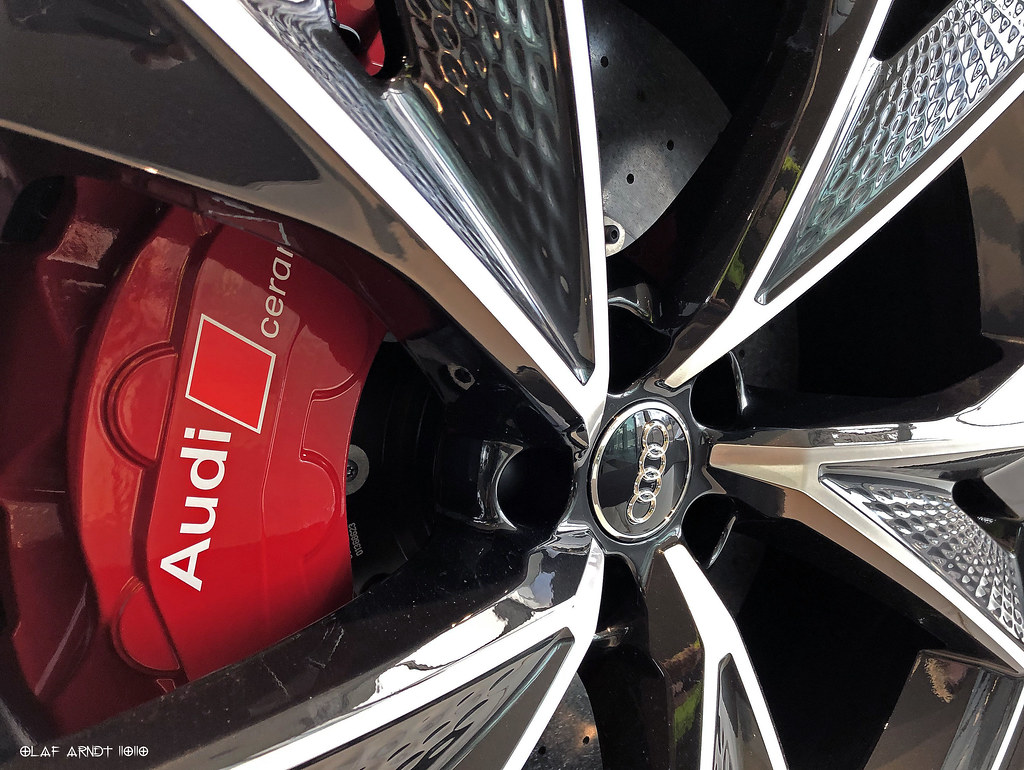
12. **The Future of Stopping Power: Advanced Materials and Intelligent Systems.**
Today’s vehicles are equipped with braking systems that stand as a testament to decades of relentless innovation, reflecting a commitment to ever-increasing safety and performance. Modern disc brakes are constantly evolving, benefiting from the development and application of high-performance materials such as carbon-ceramic composites. These cutting-edge materials offer exceptional durability, vastly improved resistance to heat, and significantly reduced unsprung weight, features especially prevalent in high-end sports cars and performance vehicles to provide superior stopping power and longevity under extreme conditions.
Beyond material science, the integration of intelligent systems is transforming braking. A significant development in electric and hybrid vehicles is regenerative braking. This ingenious technology harnesses kinetic energy typically lost as heat during braking and converts it into electrical energy, which is then stored in the vehicle’s battery. Regenerative braking not only enhances overall energy efficiency and extends range but also substantially reduces wear on the conventional brake components, thereby extending their lifespan and lowering maintenance needs.
Another groundbreaking advancement appearing on the horizon is the implementation of brake-by-wire systems. These replace traditional hydraulic connections with electronic controls, offering more precise and instantaneous braking responses. This electronic control facilitates seamless integration with other complex safety systems, such as electronic stability control (ESC) and advanced driver assistance systems (ADAS), paving the way for a new era of vehicle control and safety customization.
Looking ahead, the evolution of braking technology continues to be deeply intertwined with the development of autonomous and semi-autonomous vehicles. These self-driving systems rely on highly sophisticated and ultra-responsive braking mechanisms capable of interpreting and reacting to real-time data from a multitude of sensors and cameras. This ensures safe and efficient operation without direct human input, pushing the boundaries of what is possible in vehicle control and accident prevention. As automotive technology advances, braking systems will undoubtedly remain a crucial focal point for engineers and manufacturers, continually improving to meet the rigorous demands of future driving scenarios and enhancing overall vehicle safety and performance for generations to come.
In our journey through automotive history, we’ve witnessed how the persistent quest for better stopping power transformed from rudimentary concepts into the advanced, highly reliable systems we depend on today. From Cleveland’s earliest designs and Lanchester’s mechanical innovations to the critical proving grounds of wartime aviation and the intense pressures of motorsports, each step was a testament to human ingenuity. The pivotal moment arrived with the Citroën DS, a vehicle that didn’t just carry disc brakes but integrated them into a revolutionary vision for mass-produced safety and performance. This French icon, along with subsequent British and global adoptions, ignited a paradigm shift across the industry, moving braking technology from an optional luxury to an essential standard.
The narrative of disc brakes is far from over. Today, we stand at the precipice of even more remarkable advancements, with intelligent, interconnected systems promising unprecedented levels of safety and efficiency. From carbon-ceramic composites that defy heat and wear to regenerative braking that powers our future, and brake-by-wire systems that redefine control, the journey continues. This ongoing evolution is a powerful reminder that even the most fundamental components of our vehicles are subjects of endless innovation, constantly being refined to ensure a safer, more confident, and ultimately, more enjoyable driving experience for every journey ahead.



